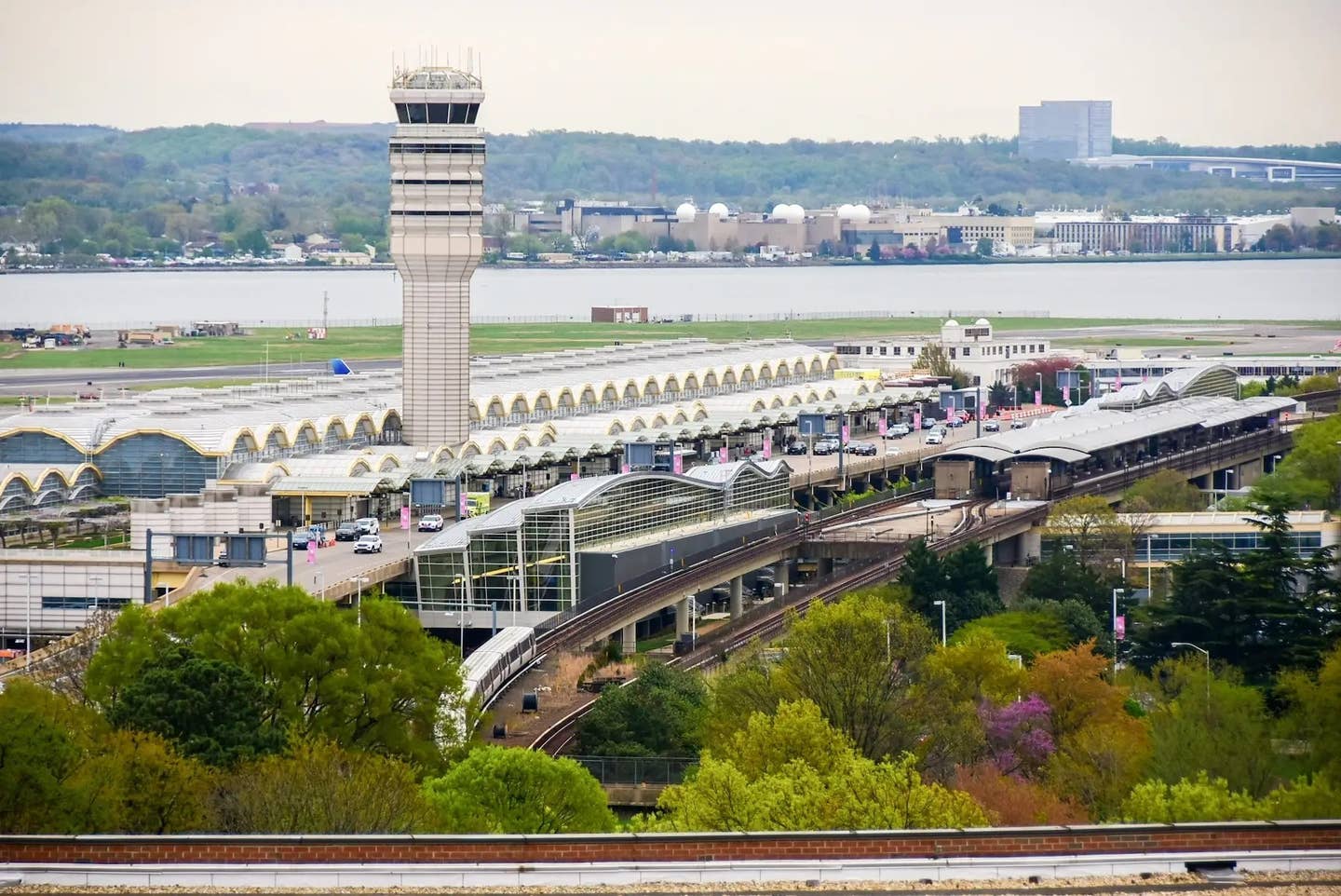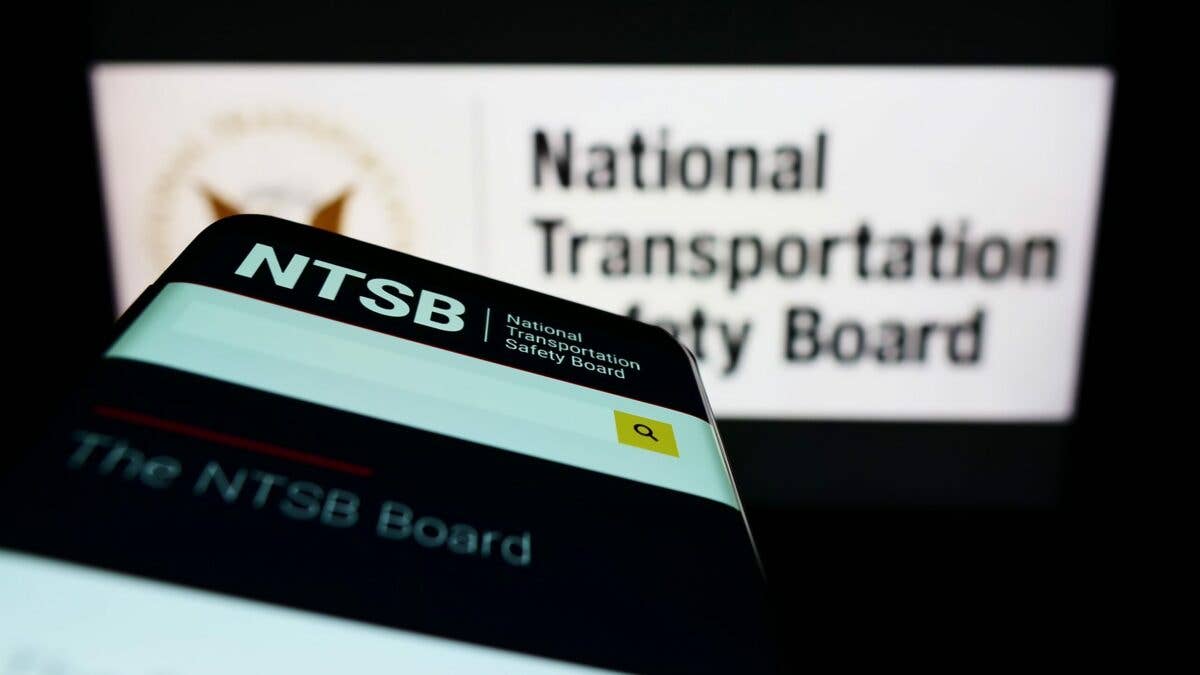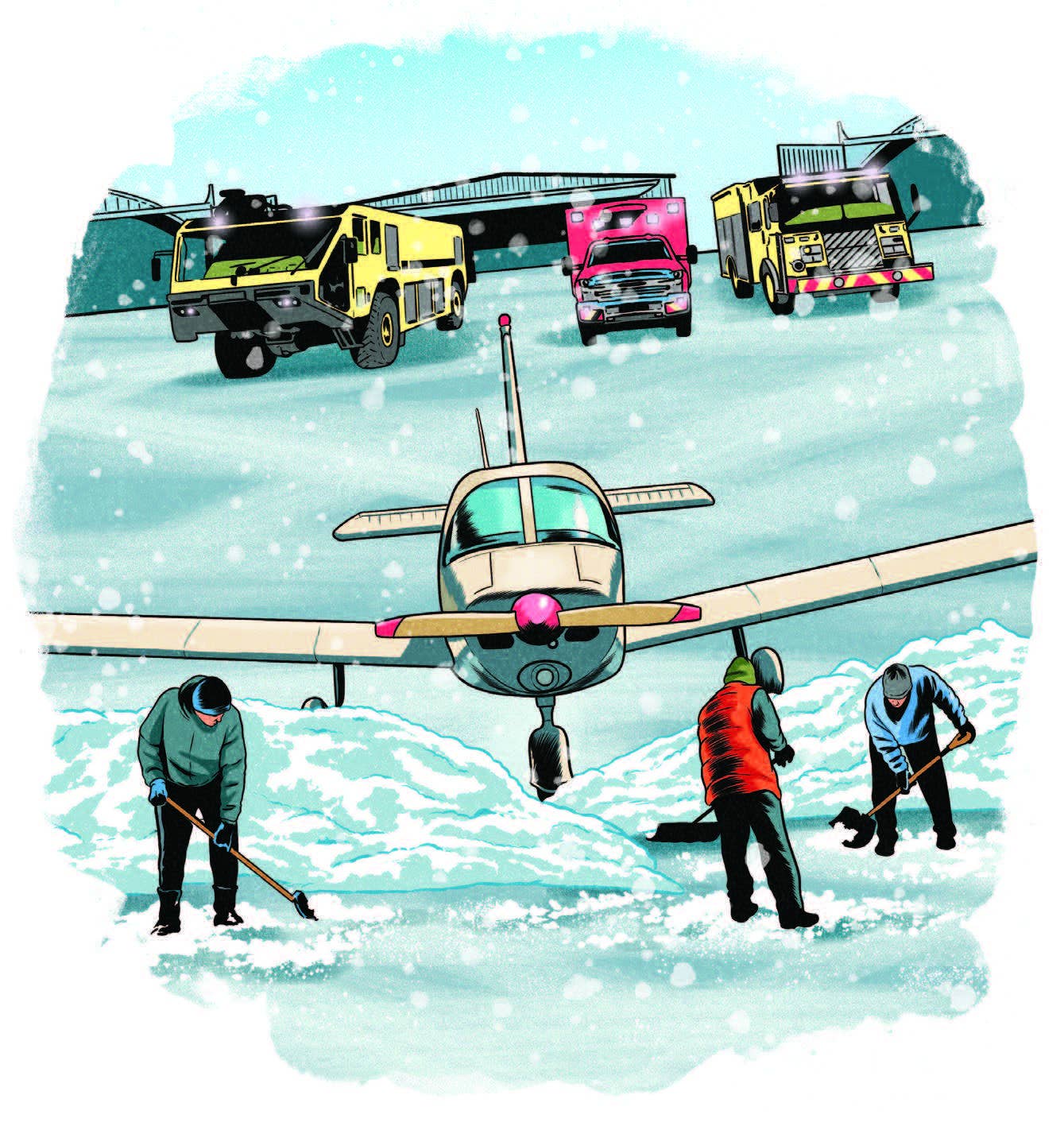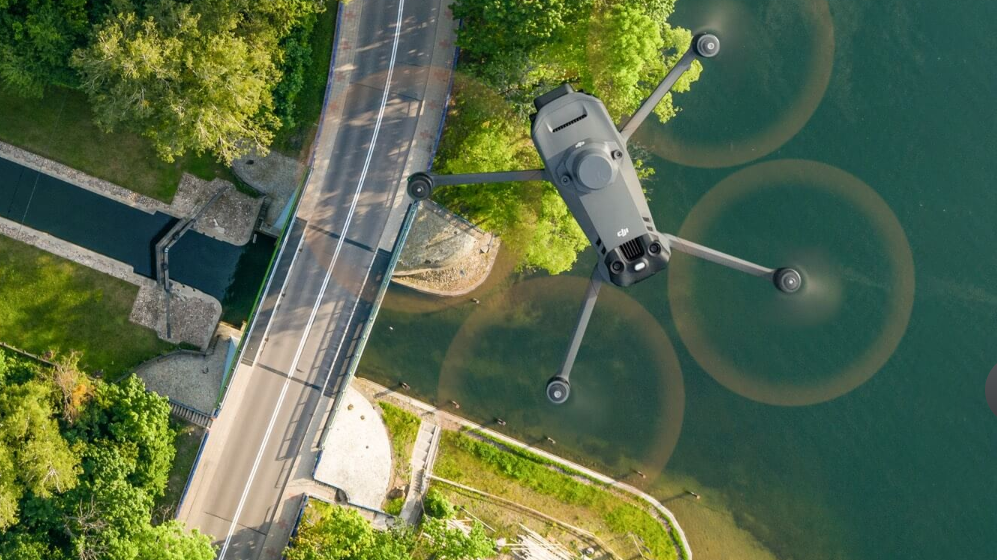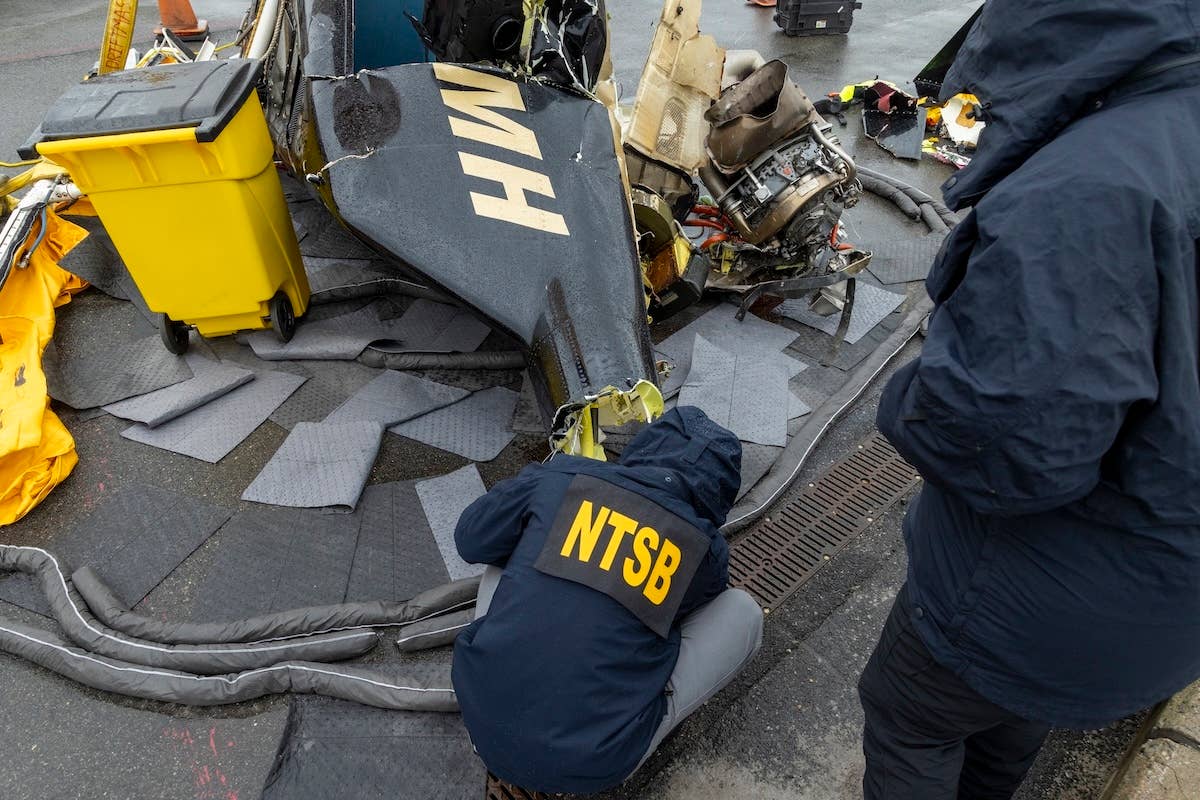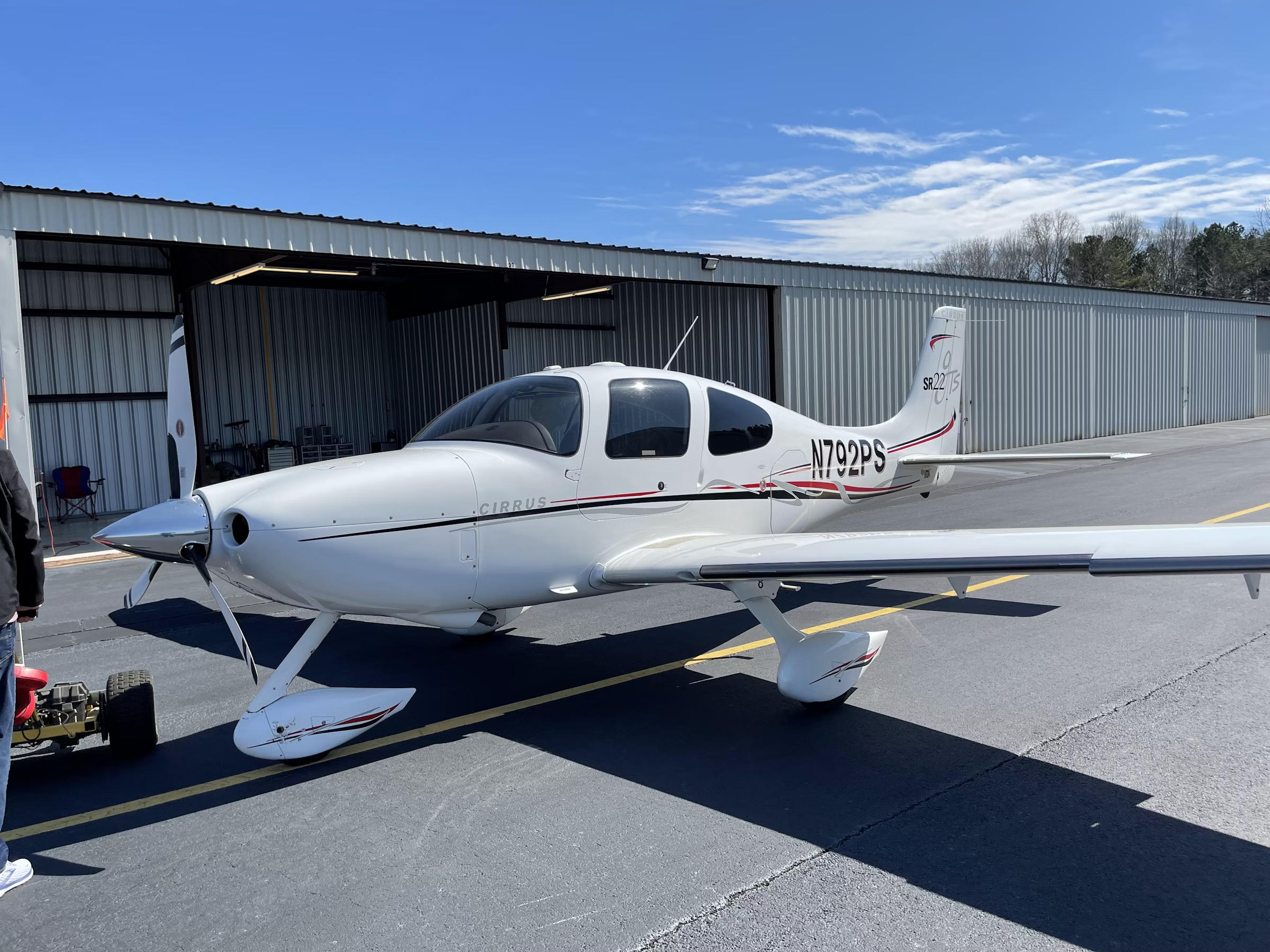GA Pilot Group Delivers More Than 100K Pounds of Supplies to Storm-Ravaged North Carolina
After Hurricane Helene struck the state, members of the Carolina Aviators Network turned its platform into a volunteer clearinghouse.
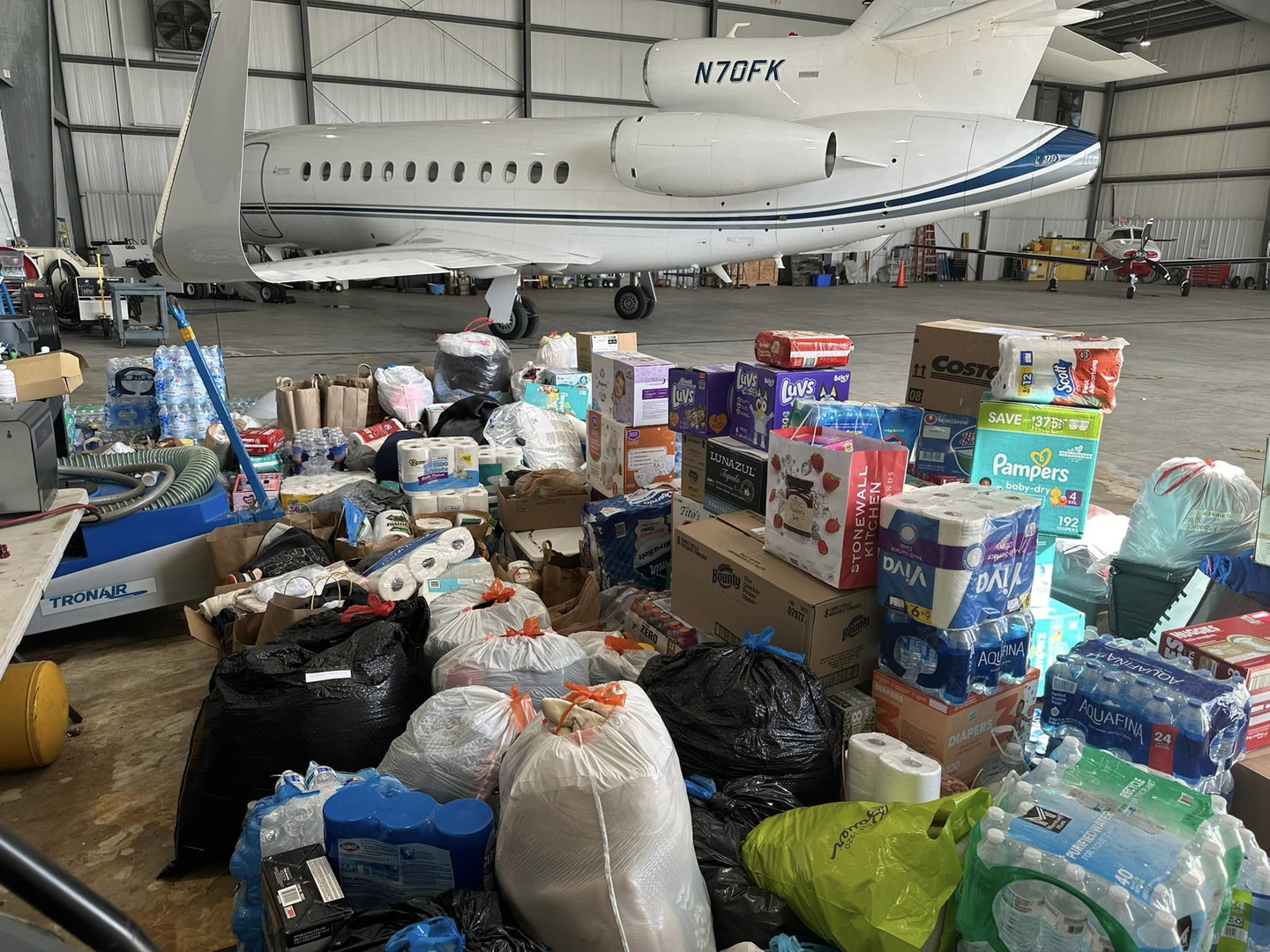
The Carolina Aviators Network readies supplies. [Courtesy: Carolina Aviators Network]
“How can we help?”
This phrase is common in the pilot community when someone needs help, especially when aircraft can be part of the solution. After Hurricane Helene made landfall September 26, members of the Carolina Aviators Network (CAN) turned its social media platform into a volunteer clearinghouse.
In the days immediately following the storm, nearly 6,000 national guardsmen from 11 states deployed as part of relief efforts, with the North Carolina National Guard hauling in more than 100,000 pounds of supplies from the Federal Emergency Management Agency by C-17.
The morning after the storm, the CAN Facebook group also exploded with an overwhelming response from its members, eager to volunteer their time and aircraft to help, according to Joel Amick, an organization director at the time.
With people so willing to volunteer their time and airplanes, they agreed that they needed to do something, and quickly, Amick said. The organization began as a Facebook group in 2021, advertising fly-ins and fly-outs. Today it has more than 7,200 members and is a state-recognized 501(c)(3) corporation in North Carolina and South Carolina.
That "something" turned out to be 1,000 volunteers, including over 300 GA pilots who mobilized and showed up at Statesville Regional Airport (KSVH), which became a major distribution point for supplies to be delivered to the storm-ravaged areas.
According to Erica Zangwill, a 400-hour pilot and CAN president, the organization along with the Hurricane Helene Airlift Relief Facebook group were simultaneously among the first on the scene.
Airports across North Carolina and South Carolina became collection points.
Supplies were collected at Raleigh Executive Jetport (KTTA), according to Leeanna Tolles, vice president of the organization. Tolles is also vice president of technical operations for an aircraft solutions company and director of maintenance for a Cirrus Service Center—both jobs that require attention to detail. She said she used those skills to help facilitate the relief efforts by air and ground, although the latter was hampered by the lack of roads due to storm damage.
"We had a meeting on [September 30] with several other companies at KTTA, and by [the next day] we were collecting donations from as far away as New Jersey and loading airplanes headed for the mountains, as well as to the larger distribution sites like Statesville," Tolles said. "Between airplanes and trucks/trailers, we have moved over 100,000 pounds of aid into the mountains. Our collection and dissemination of aid is still continuing as of October 20."
Vacant hangar space was used for sorting and weighing donations. A wide variety of aircraft were used, including Robinson R44, Eurocopter EC-135, and Bell 47 helicopters. Fixed wing aircraft included a Daher Kodiak, Beechcraft King Air, and Pilatus PC-12, as well as Citation and Vision jets. A Douglas DC-3 and the military variant a Douglas C-47 were used as well as Piper and Cessna trainers, Kitfox and Super Cubs.
The organization worked with airport managers to arrange for hangar space and, in some cases, fuel discounts.
People pitched in wherever they were needed, said Mike Davis, a 4,500-hour pilot with multiple
certificates. Davis said he was surprised by the generosity and compassion of people in general.
"On [October 1] I worked controlling ground traffic through the gate at Statesville,” Davis said. “I took note that we had a car, truck, or SUV passing by me every 10 seconds. I recognized one woman
as she came in. She admitted that it was her third trip. Her car was packed to the roof.
Many people parked their cars by the road after dropping off their donations and went back
inside the hangar to help with the weighing and loading operations."
Staying ahead of the needs was critical, said Stephen Linson, director of communications for
CAN and a 430-hour commercially rated pilot.
"The first 48 hours it was critical to get life-sustainable supplies up to the mountains,” Linson said. “After more information came into play, we found out that medication and life-saving supplies were most important."
First Flight
Zangwill said CAN’s first flight was in the Piper Comanche, carrying 400 pounds of donated supplies to Rutherford County Airport (KFQD) in North Carolina which was only five minutes away by car from some of the most devastated areas.
“We carried everything from water, baby formula and bottles, to toiletries, first-aid items, dog food, and cleaning products," she said.
At the time, powdered baby formula and clean water for mixing it were essential, she said, "along with EpiPens and Benadryl for first responders who were getting stung. The flooding had destroyed yellow jacket in-ground nests, leaving them aggressive."
In a two-week period, CAN pilots flew 680 flights out of Statesville alone, carrying 34,224 pounds of relief supplies, she said.
The relief flights headed into the mountains of North Carolina required special skills. Low-time pilots or those who didn’t have much experience in the mountains were discouraged from making the flights, or were paired with more experienced pilots. Personal weather minimums were respected. As airlift operations increased, CAN requested that relief pilots have at least 300 flight hours and experience flying in mountainous terrain with a preference for two pilots on board.
The airspace and radios were busy. "Air traffic could be chaotic at times, but the air traffic controllers did an excellent job ensuring everyone’s safety," Zangwill said.
When the aircraft landed, the ground operations team unloaded them quickly, with a goal of getting back into the sky within 15 minutes.
One of the most difficult things for pilots, however, was overflying the hurricane-damaged communities, littered with wrecked homes, roads, and bridges, Zangwill said.
"Flying the airplane took precedence over everything else," she said. "So even while looking down on the devastation, my thoughts were focused on piloting the aircraft and staying ahead of it, maintaining spatial awareness of terrain and other aircraft. This is also where having two pilots aboard was very helpful.”
While TFRs were put in place in North Carolina for emergency response activities, as well as a survey by President Joe Biden and Vice President Kamala Harris of the affected areas in Raleigh and Asheville, the impact on relief operations was brief and did not cause any major disruptions as supply drops continued near the edges of the TFR, Zangwill said.
The most challenging aspect of the operation was communication. Cell phone service was nonexistent or hit-and-miss as towers became jammed, which became overwhelming as information changed on an hourly basis, she said.
“[However, by day five,] we had transformed into a well-oiled machine," Zangwill said. "We worked in conjunction with Hurricane Helene Airlift Relief, a Facebook group formed at the onset of the hurricane, to establish an intelligence center of sorts. Volunteers utilized an old-fashioned whiteboard to keep track of supply needs at each airport we were delivering to, along with various other pieces of information they were monitoring and updating."
Lessons Learned
Pilots who participated in the relief effort say they now have a playbook for future disasters that will help the GA community and ground-based volunteers act quickly to save lives before government agencies and larger organizations have the ability to step in.
"Will disaster relief become part of our focus at CAN? No," said Zangwill. "But if we can leverage our pilot license and aircraft to assist our neighbors in the event of another disaster, we certainly will."
Zangwill has advice for other pilots who might want to help after a natural disaster.
"Refrain from photo flights—they only congest the airspace and compromise safety," she said. "Check NOTAMs and adhere to PPRs, monitor fuel at landing airports (some had fuel shortages), and coordinate with ground contacts to confirm the ongoing need for airlift support. It’s a good problem to have, but we nearly had too much assistance."
Fundraisers will continue, she said, with efforts now directed toward recovery and rebuilding in those affected regions.
"Additionally, we are hosting a large fly-in toy drive at Woodward Field Airport (KCDN) in Camden, South Carolina, in a couple weeks to gather toys for families in western North Carolina whose Christmas will be quite different this year," she said. "We plan to continue our efforts until support is no longer essential."

Sign-up for newsletters & special offers!
Get the latest FLYING stories & special offers delivered directly to your inbox

